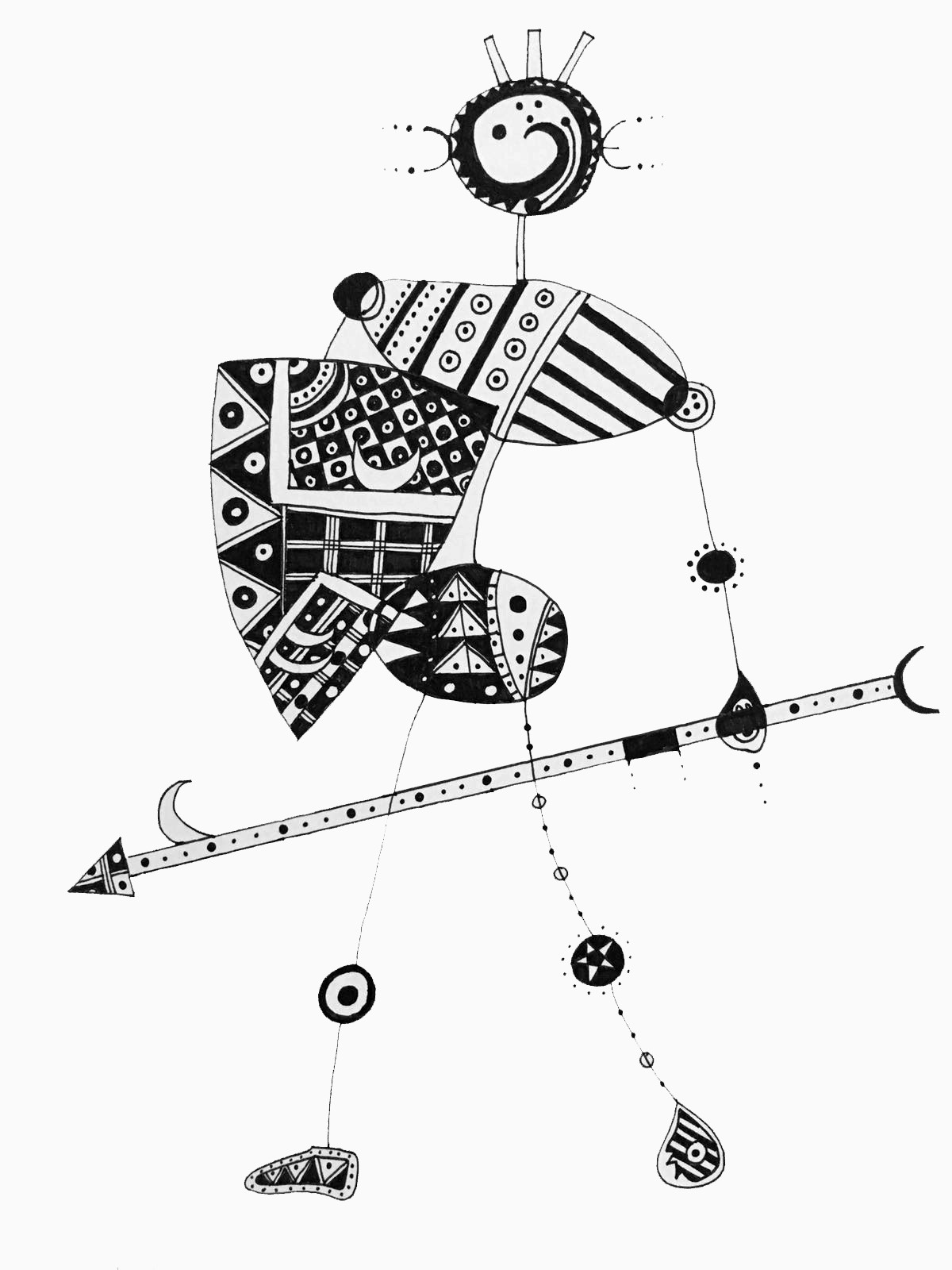Arthur après Arthur, Don Quichotte avant Don Quichotte: "Artus de Bretagne" (c. 1300): roman de chevalerie, roman de clergie?
DOI:
https://doi.org/10.7203/tirant.22.15293 Resum
Resum
Résumé
Artus de Bretagne (c. 1300) est un roman néo-arthurien, qui renouvelle la matière arthurienne en la transposant dans un nouveau cadre spatio-temporel et en accordant une place essentielle au clerc Estienne, que concurrence Artus le chevalier, au point qu’on pourrait définir cette œuvre comme « roman de clergie ». Si Artus a été lu diversement, comme roman arthurien, roman alexandrin, roman de chevalerie, il met en œuvre une poétique très originale. Il n’en demeure pas moins qu’il n’a pu finalement, échapper à l’impérialisme du roman de chevalerie.
Abstract
Artus de Bretagne (c.1300) is a neo-Arthurian romance, which renews the Arthurian subject by transposing it to a new setting (in time and in space). Artus gives an essential place to Estienne, the clerk, who competes with Artus the Knight: one could define Artus as a "romance of clergy". Artus was read variously, as an Arthurian romance, as a prequel of romances dealing with Alexander the Great, as a chivalric romance. Beyond these differing modes of reception, the romance is characterized by a poetics which is particular, and very original; it could not, however, entirely escape the dominant modes of chivalric romance.
 Descàrregues
Descàrregues
Descàrregues
Publicades
Com citar
-
Resum463
-
PDF239
Número
Secció
Llicència
Tots els documents inclosos a ojs són d'accés lliure i propietat dels seus autors segons llicència Creative Commons 4.0 Attribution International:



